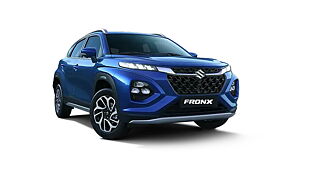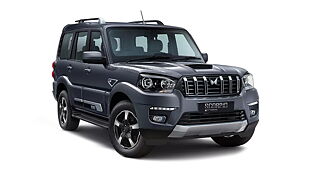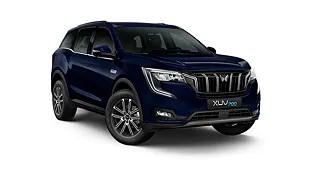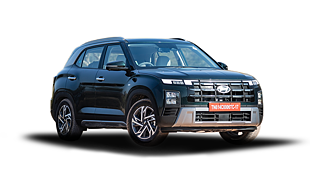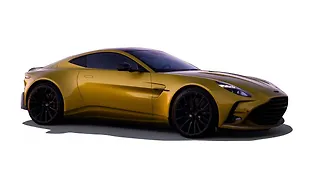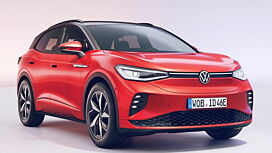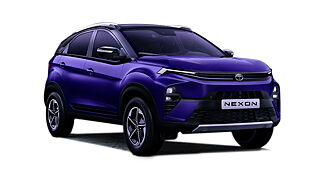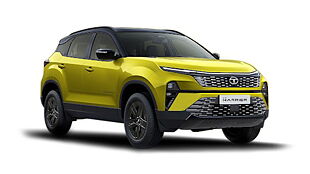Introduction

The Tigor EV is the second EV from Tata Motors after the Nexon EV and we drove it for the first time in September last year. This time around, we are taking a closer look at the Tigor EV and we’ll be telling you five things that make it worth buying, and two reasons why it’s not. And since this is an EV, we have put it to our extensive real-world range test. We’ll also be telling you how many kilometres it covered before we had to literally push it.
Positives
1. Most affordable EV

Since the advent of EVs, their high sticker price has always been the most off-putting factor. With different engineering going behind it, the special EV platforms, change of running gear compared to conventional petrol or diesel-powered cars, and accommodation of batteries and its ancillaries all contribute to bringing up the cost of an EV almost two or three segments above its conventionally powered counterpart.

But the Tigor EV is currently the most affordable passenger EV you can buy in India. With prices ranging from Rs 12.5 lakh to a little over Rs 13 lakh, the Tigor EV is also more affordable than its sibling the Nexon EV. And it would be some time before we could see an EV on the Indian roads which would be smaller and more affordable than this.
2. Looks and feels like ICE Tigor

Looking at the Tigor EV, there are very few telltale signs that make it stand out over its conventionally powered sibling. The grille, or rather the lack of it, is different because EVs don’t need constant air to cool the engine in the engine bay. Instead, you get these flat inserts. There are two unique colours for the Tigor EV as well – the one you see here is teal blue, and the other one is Daytona grey. And both of these colours look good in metal.

Even on the inside, the cabin of the Tigor EV is as conventional-looking as its ICE sibling. There’s a circular dial for the gear selector that’s unique and is the same as you get in the Nexon. Then there are the same teal blue highlights around the vents and tri-pointed design on the upholstery.
What’s more, like the standard Tigor, the electric version also has an NCAP safety rating of four stars.
3. Real-world range of 225kms

The 26kWh battery pack in the Tigor EV powers the motor on the front axle. The output is close to 74bhp and 170Nm. When we had this car for a couple of days, we did a proper range test on it where we charged it to 100 per cent. And then drove it till the battery ran out of juice. That’s 100 per cent to zero per cent. In this range test for the Tigor EV, it ran 224 km until the battery was empty and we had to push it for the final few metres till the charging plug.

While testing the range of the Tigor EV, we also noticed that the battery percentage drop was linear and progressive as the kilometres piled on. The same cannot be said about the displayed range which kept fluctuating, thus invoking range anxiety.

Thus, the Tata Tigor EV covered close to 225 kilometres on a single charge in a real-world conditions. It was driven in bumper-to-bumper traffic, stopped stationary at those endless traffic signals, with some amount of highway run as well. So if you are planning to buy an EV and if your daily or weekly commute is in under 200 kilometres, then the Tigor EV will be a lot easier on your pocket.
4. Low running costs

How will it be easier on the pocket, you may ask. Let us take a per unit charge
For a battery size of 26kWh, the car will consume 26units of electricity when charging from zero to 100 per cent. In a city like Mumbai, consider the per unit charge for a domestic electric connection to be around Rs 10. So for a full charge, it will cost approximately Rs 260.

For those Rs 260, we consider our tested range of 225kms, which computes the per kilometre cost to Rs 1.15. That’s way more affordable compared to equivalent petrol or diesel-powered car. So if you want to drive your Tigor EV for everyday commutes, that’s how it would be lighter on your pocket in times when fuel prices are soaring,
5. Growing awareness and charging infrastructure

EVs are the inevitable future. Each manufacturer is busy making one, with some going completely electric in years to come. Even the government is taking the initiative to promote electrification. And thanks to its environmental benefits and rising fuel cost, we’ll be seeing more electric cars on the roads in the coming years. And similar to how the fuel pumps spread across the globe when the internal combustion engine-powered four-wheelers were prowling the streets many years ago, we’ll be seeing more charging points in the coming days, weeks, months and years. Now, we have our fixed eateries or dhabas on our frequent long-distance journeys across the country. Owners of these dhabas have told us they’ll be installing a charger on their premises soon, so you can charge the cars while eating.
And therefore, with affordable EVs like the Tigor EV being a forerunner in affordable electric space, we could expect many more cars to follow suit.
Negatives
1. There needs to be a long-range version

Now although the 200-250kms of a realistic range is more than ample for the Tigor EV, Tata has proven to us that more can be had when they introduced the Nexon EV Max. With the Max came more power, faster charging, a larger battery and more importantly, increased range for the SUV. So Tigor EV buyers looking for a little more from their sedan can opt for the Max version if Tata provides one. It would also expand the appeal of the Tigor EV if there are multiple range and performance options to choose from.
So for now, with its given real-world range and performance, the Tigor EV is good for those with limited city commutes, or for those who want an EV as a secondary car.
2. More expensive than ICE Tigor
The standard Tata Tigor is the most affordable sub-four metre sedan in its segment. Its price range starts just under Rs6 lakh and tops out at around Rs 8.5 lakh, ex-showroom. So in comparison, the EV version is priced almost twice. To recover the additional cost that goes into buying an EV, you’d have to drive significant kilometres.

But that’s not the reason someone would buy an EV. Apart from the lower everyday running cost, driving an EV comes with the satisfaction that no fossil fuel is being burned and you are releasing less CO2 into the atmosphere. And that’s a thumbs up for an EV buyer.

But it also needs to be pointed out that the pricing of the Tigor EV makes the Nexon EV look like a better value for money. The Nexon EV range starts at Rs 14.8 lakh, which is just a little more than the Tigor and for that, you get an SUV stance, with slightly more power, better ground clearance, and more space on the inside.
Conclusion

The Tata Tigor EV is a step in the right direction. We need more affordable, city cars with electric powertrains to catch up with the paradigm shift towards electrification. And the Tigor EV shows it can be done without compromising on practicality, usability and relative comfort. Sure there can be a long-range version of it like the Nexon EV Max, and sure it could have been priced more aggressively. But the Tigor EV still make a case for itself by being the most affordable EV you can buy in India, it is safe and easy to drive, and it could easily be either your first electric car or a practical secondary car in the family.

![Tata Tigor EV [2021-2022] Image Tata Tigor EV [2021-2022] Image](https://imgd.aeplcdn.com/272x153/n/cw/ec/45849/tigor-ev-facelift-exterior-right-front-three-quarter-5.jpeg?isig=0&q=80)


